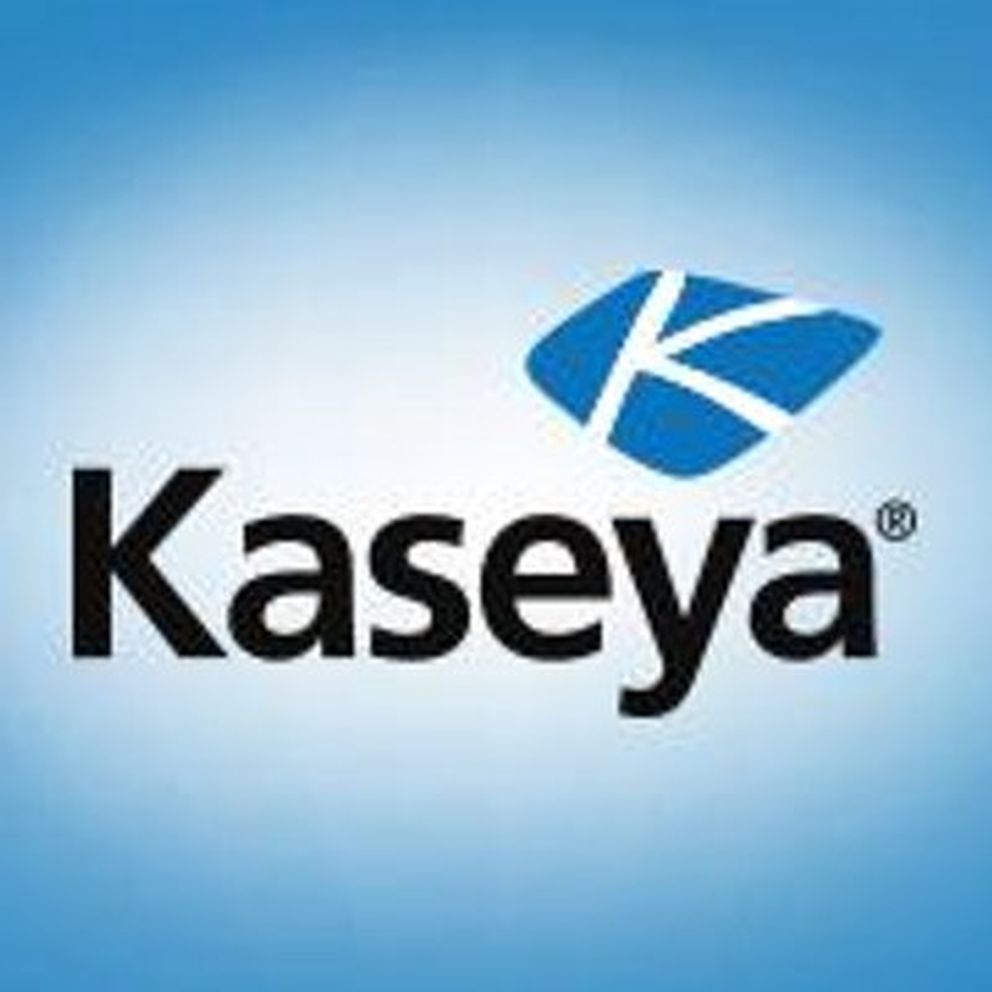
The managed services provider (MSP) landscape has historically been filled with disparity. Companies succeed or fail with little gray in between. While there is no single path to success, being caught without a plan is a sure route to stagnation. Thus, the time is now to gather up your management team and develop a plan for growing your organization.
Like many other industries, MPSs have three main paths they can follow when developing a growth strategy. Each of these three strategies brings with it a unique set of advantages and challenges. An optimal path for one MSP may not be right for another.
You can:
- Identify a specific vertical, technology or niche to service that separates you from the rest of the pack.
- Acquire one or more companies to bolster resources, create synergies, and better position your company.
- Position your company to be sold over the next few years to a strategic buyer.
Traditionally, service providers have been horizontally focused, and few MSPs work exclusively within a single vertical market. While a horizontal approach works in a fragmented marketplace, as consolidation accelerates smaller players may find themselves squeezed by larger competitors, leading them to focus on a niche, where the larger, general service providers cannot provide the same expertise and value.
MSP Mergers, Acquisitions

That leaves two options for traditional MSPs looking to grow and thrive: Acquire other companies or position your business to be acquired.
For MSPs considering one of these paths, opportunities are widespread. In the first three quarters of 2017, M&A deals among tech-enabled services increased 74 percent in value and 27 percent in number compared to the same period in 2016, according to the JEGI Q3 2017 M&A Overview.
In contrast, software vendors saw a 60 percent decline in value and a 30 percent decline in the number of deals. This netted out to a consistent M&A 46 percent of deal flow in the combined software and tech-enabled services sectors during this period.
If you have the resources to acquire a business, you have a host of options, and it’s time to begin shopping around.
If you are looking to be acquired, you also have a host of options. However, you need to put your best foot forward. First, understand that MSPs being acquired generally fit one of two profiles:
- Providers that are just looking for the final payday so they can move on
- Providers that want to team up with a larger player and be part of a bigger growth story.
Knowing which bucket you fall into is critical to deciding whether to agree to the terms offered. If you are looking to make a purchase, understand the perspective of the business you are acquiring to ensure you are on the same page as you make your investment.
The Importance of Being M&A Ready
Regardless of motive, there are five characteristics to consider to be perceived as an attractive, acquisition-ready entity. They are all complementary to each other, and a deficit in one impacts others.
If you are looking to grow your business through acquisition, consider these five attributes and requirements in any acquisition you pursue.
1. Customer Retention: Customer retention is a clear confirmation of satisfaction that you are delivering a desirable service and meeting needs. Your customers likely have a host of choices, and a high renewal rate is indicative of satisfaction. In addition, retaining a customer is typically far less expensive than finding a replacement due to procurement and onboarding costs. To be considered acquisition worthy, MSPs must have a demonstrated ability to retain customers.
2. Recurring Revenue: Customer retention makes it easier to set up predictable revenue streams. Recurring revenue takes it a step further. Recurring revenue is predictable, stable, and can be counted on in the future with a high degree of certainty. For an MSP, recurring revenue comes from offering managed services, not hourly rates tied to break/fix. To be M&A ready, at least 70 percent of your revenue should be recurring.
3. Organic Growth: At the same time, growth must also come from outside of your current base. Are you taking on new customers each quarter? Are your revenues increasing? If you can demonstrate that you are growing organically, you are highly desirable to an MSP looking to grow through acquisition. Your growth compounded with their growth results in a gain greater than the sum of its parts.
4. Profitability: Growth and recurring revenue are important, but so too is profitability. If you lack the latter, it’s time to take a hard look at expenses and capital expenditures, and determine what steps you can take to get spending under control.
5. A Scalable, Leverageable Business Model: This is the single, most important attribute. You can fall short on one of the others, but if you don’t have a scalable, leverageable model, you are not a desirable investment because your business will eventually reach a point at which net growth will flat line.
So how do you become M&A ready? You must put business first in your operations. What you offer and who your customers are must always take priority over the technology. For many MSPs, this means a change in management. Consider a management team that consists of not just engineers who know business, but also business people who know technology.
Bonus - Join Us: Getting your MSP M&A ready is complicated but doesn’t need to be overwhelming. To find out more, consider attending Kaseya’s M&A Symposium in Fort Lauderdale, Fla. on January 30. Contact Kaseya to learn more.
Jim Lippie is general manager, cloud computing at Kaseya. Read more Kaseya blogs here.




